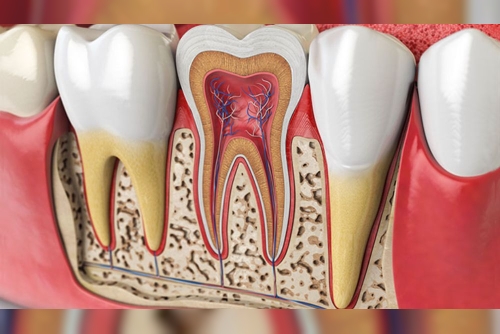Radiation oncology is a medical specialty that uses high-energy radiation to treat cancer. Over the past 30 years, there have been significant advances in radiation oncology, including improvements in treatment planning and delivery, as well as the development of new radiation therapy techniques and technologies. These advances have improved the effectiveness of radiation therapy and reduced its side effects, resulting in better outcomes for cancer patients.
One major advance in radiation oncology over the past 30 years is the development of intensity-modulated radiation therapy (IMRT). IMRT is a technique that allows radiation to be delivered to the tumor in a more precise and targeted manner, while minimizing the radiation exposure to surrounding healthy tissue. This has led to improved outcomes and reduced side effects for many types of cancer, including prostate cancer (1).
Another significant advance in radiation oncology has been the development of image-guided radiation therapy (IGRT). IGRT uses advanced imaging technologies, such as CT and MRI, to guide the delivery of radiation therapy. This allows for real-time monitoring of the tumor and surrounding tissue during treatment, ensuring that the radiation is delivered to the tumor while minimizing exposure to healthy tissue (2).
Stereotactic body radiation therapy (SBRT) is another important advance in radiation oncology. SBRT is a type of radiation therapy that delivers a high dose of radiation to the tumor in a small number of treatments, typically one to five. This allows for a shorter course of treatment and may improve outcomes for some types of cancer, such as lung cancer (3).
In addition to these advances in radiation therapy techniques, there have also been significant advances in radiation therapy technologies. For example, the development of new types of radiation sources, such as the use of carbon ion beams, has led to improved treatment outcomes for certain types of cancer, such as pancreatic cancer (4).
Overall, the advances in radiation oncology over the past 30 years have led to significant improvements in cancer treatment and outcomes. The development of new radiation therapy techniques and technologies has allowed for more precise and effective treatment, while minimizing side effects and improving quality of life for cancer patients. These advances will continue to improve the care of cancer patients and provide hope for those affected by this disease.
References:
1. Zelefsky MJ, Chan H, Hunt M, et al. Long-term outcome of high dose intensity modulated radiation therapy for patients with clinically localized prostate cancer. J Urol. 2006;176(4 Pt 1):1415-1419.
2. Dawson LA, Jaffray DA. Advances in image-guided radiation therapy. J Clin Oncol. 2007;25(8):938-946.
3. Chang JY, Senan S, Paul MA, et al. Stereotactic ablative radiotherapy versus lobectomy for operable stage I non-small-cell lung cancer: a pooled analysis of two randomised trials. Lancet Oncol. 2015;16(6):630-637.
4. Shinoto M, Yamada S, Terashima K, et al. Carbon ion radiation therapy with concurrent gemcitabine for patients with locally advanced pancreatic cancer. Int J Radiat Oncol Biol Phys. 2016;96(5):1021-1027.












